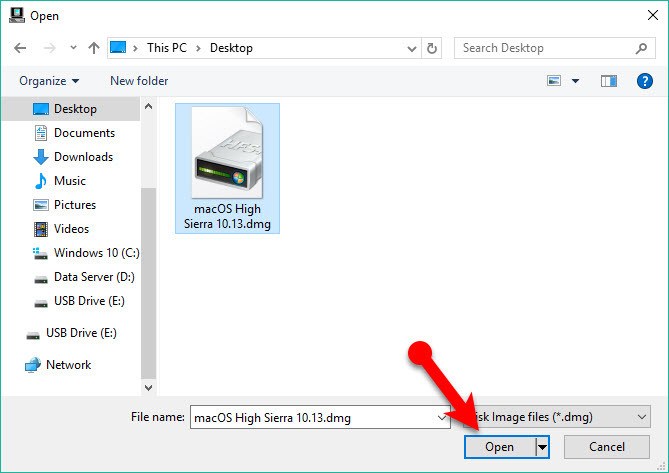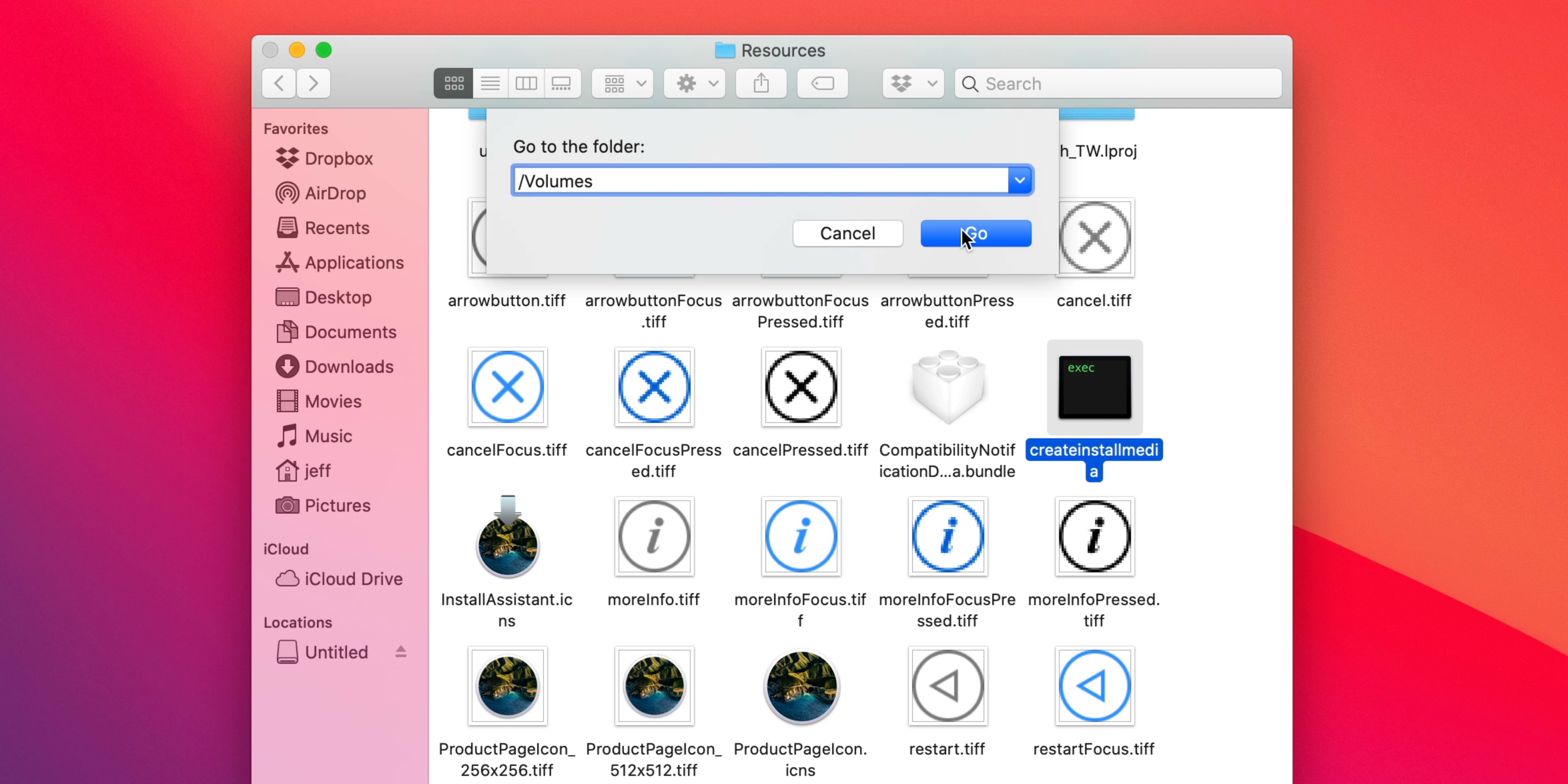
- #Formatting usb for mac os installer how to#
- #Formatting usb for mac os installer install#
- #Formatting usb for mac os installer software#
- #Formatting usb for mac os installer download#
- #Formatting usb for mac os installer windows#
Using the arrow keys, navigate to the USB drive. This will display a menu of bootable hard drives. When the computer turns on, hold the Option key. When you need to use the installer stick, plug it into the computer and reboot.

Your USB installer stick should be ready! Using the USB Installer Once it’s done, eject the USB stick from Finder. Drag the USB stick from the left-hand menu to the “Destination” spot. Go back to Disk Utility, select the newly formatted USB stick, go to Restore, and click “Image…” Then select the mounted DMG file. Navigate to the Applications folder, right-click on OS X Mountain Lion.app, and select “Show Package Contents.” Go to /Contents/Shared Support and copy “InstallESD.dmg.” Paste it anywhere you can find later. Once that’s done, open a new Finder window. Click the drive in the left-hand column and go to “Partition.”Ĭhoose the “Mac OS Extended (Journaled)” format, then GUID Partition Table. Press Cmd-Space and type in “disk” to open Disk Utility.

If you have, go to Purchases, hold down Option, and click “Download.” If you’ve not already bought it, the OS is only $20.
#Formatting usb for mac os installer download#
If you don’t, try visiting the Apple store and asking for them to help.įirst, download a copy of Mountain Lion from the Mac App Store. You can set all this stuff up before a crash as a precautionary measure (which I recommend). In order to save your Mac, you’ll need a Mac. Reinstall OS X From a Flash Drive Set up the USB Drive With Mac OS Installer It’s easy- all you need is 8 GB of storage and another Mac.
#Formatting usb for mac os installer install#
However, if you don’t have internet access or don’t want to wait for the download, you can always try to install OS X from a flash drive.
#Formatting usb for mac os installer software#
Officially, Apple recommends restarting your computer, holding down Cmd-R, and downloading the necessary software from the internet. That means reinstalling the entire operating system from scratch. Sometimes everything else fails, and you have to start from scratch. Macs are no exception, fanboy wishful thinking to the contrary. This is because the USB external hard drive is mounted under /Volumes folder, so you should add the /Volumes directory before USB disk name when you run the cp command.Sometimes the worst happens.But above command may raise an error message such as usb/Pics: No such file or directory.The -R parameter will copy all the subdirectories under the Documents directory to the USB external hard drive.Open a terminal and run the command cp -R Documents /usb.
#Formatting usb for mac os installer how to#
How To Copy Files From macOS To USB External Hard Drive In Command-Line.
#Formatting usb for mac os installer windows#
Install NTFS-3G To Make MacOS Support Read-Write Microsoft Windows NTFS File System. After the format process complete successfully, you can copy files from macOS to USB disk successfully.Ģ.Select ExFAT in the Format drop-down list and begin to format. Then click the Erase button at the top of the right panel.Open macOS Finder -> Applications -> Utilities -> Disk Utility.So we should change the USB Disk file format to others such as FAT or ExFAT. So if the USB disk is NTFS format, then the copy and paste operation can not be operated. The main reason for this issue is macOS can only read NTFS format files but can not write files to NTFS disk.

Format The USB Disk With ExFat File Format.


 0 kommentar(er)
0 kommentar(er)
